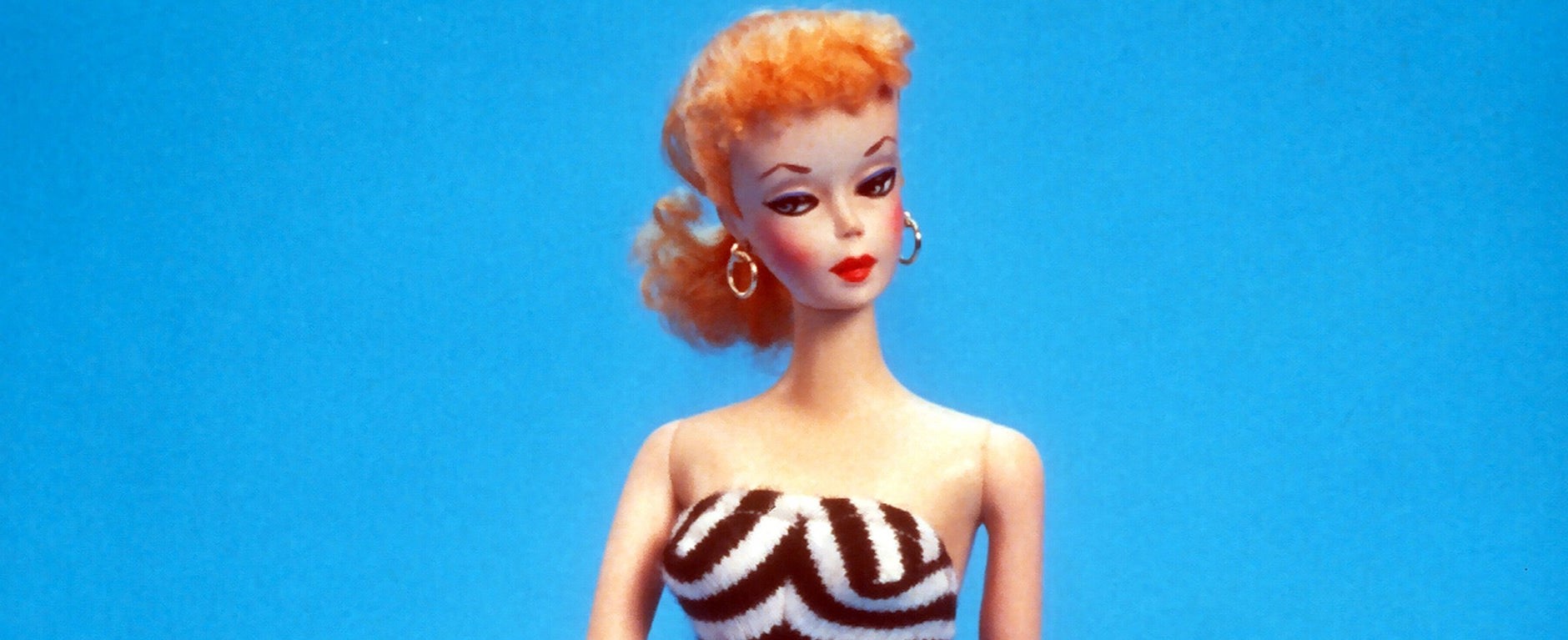
A 20th Century Phenomenon: Barbie Through the Decades
by Bryn Garrett
Barbie in the 1990s
By the 1990s, Barbie was a global phenomenon. In 1989 alone, 22 million barbies were sold across the globe. The Totally Hair Barbie from 1992 (with her iconic long blonde waves), for example, broke a record as the best-selling Barbie doll ever, with over 10 million sold globally.



Makeup
Barbie kept it simple in the '90s with black mascara, light-toned eyebrows, and lipstick. Her glittery eyeshadow is a glamorous touch to this enchanting doll.
Fashion
The bold colors and patterns continue in the '90s, with fun pinks, oranges, and blues an integral part to Barbie's wardrobe.
Dreamhouse
The Dreamhouse was upgraded in the '90s, with several new foldable homes put on the market. The pictured dollhouse was a popular release from 1998 (my sisters and I owned the same one in different colors!).



Accessories
Colorful plastic accessories like these were common in the 1990s, reflecting the era's love for color. My sisters and I had a few of these as well!
Furniture
The 1990s featured a throwback to mod and mid-century furniture, as well as lots of white. This '90s living room set is the perfect example.
Cars
The minivan skyrocketed in popularity in the '90s, so of course Barbie had to have one for herself. Barbie also had a number of VW vehicles at the time.



Body Types
The first Barbie with a disability, "Share a Smile Becky," was released in 1997. This is one example of the representation Barbie dolls saw in the '90s.
Careers
The first presidential Barbie came out in 1992, symbolizing feminist progress in Barbie's ambitious career path. Her many careers included U.S. Army Officer, Business Executive, and police Officer.
Friends
Barbie's new friends in the '90s included Becky, who uses a wheelchair, baby Krissy, and little sisters Kelly and Stacie.